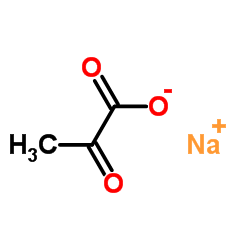| Structure | Name/CAS No. | Articles |
|---|---|---|
 |
Sodium 2-oxopropanoate
CAS:113-24-6 |
|
 |
Methanol
CAS:67-56-1 |
|
 |
Formaldehyde
CAS:50-00-0 |
|
 |
Forskolin
CAS:66575-29-9 |
|
 |
Dimethyl sulfoxide
CAS:67-68-5 |
|
 |
L-Glutamine
CAS:56-85-9 |
|
 |
Etomidate
CAS:33125-97-2 |
|
 |
argon-40
CAS:1290046-39-7 |
|
 |
8-Octanoyloxypyrene-1,3,6-trisulfonic acid trisodium salt
CAS:115787-84-3 |